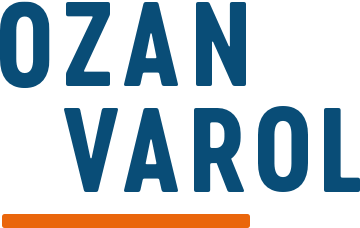During my time in academia, I was appointed the chair of a faculty committee.
When I took over as chair, the committee had a decades-old practice of holding meetings every month. Having sat through (more accurately, suffered through) these meetings as a junior committee member, I knew we could cut the number in half and still do what we were supposed to do.
So I decided to convene the committee every two months instead of every month.
One of the senior committee members was upset. He told me: “You’re making a mistake. We need to meet every month.”
“Why?” I asked. “What’s the purpose of a monthly meeting?”
“That’s how committees at this school work. They meet every month,” he reiterated and walked away.
In other words, it was easier to maintain the status quo than to question it.
It was easier to waste time in an unnecessary meeting than to upset people who liked having a monthly meeting.
It was easier to say “We’ve always done it this way” or “Other committees are doing it this way” than to ask if there was a better way.
Individuals fall into the same trap. There was a time when I checked my email first thing every day—even though it meant I would spend the most creative part of my day tackling other people’s problems. When I asked myself, “Why am I doing this?” the honest answer was “I’ve always done it that way.”
It was impulsive—rather than intentional.
“We’ve always done it this way” gets worse on an institutional level. Once a decision is made—once a meeting is created or a process is added—it becomes really difficult to change course. The deeper the snow tracks, the harder it is to escape them. Over time, people forget why they’re doing something in the first place.
Process, by definition, is backward looking. It was developed in response to yesterday’s problem. Decades ago, there may have been a good reason for my committee to meet every month. But once the decision was made, people began to treat it like a sacred pact.
Over time, process can become a substitute for thinking. “It’s not that rare,” Jeff Bezos says, “to hear a junior leader defend a bad outcome with something like, ‘Well, we followed the process.’”
When I worked on the Mars Exploration Rovers project, we made sure everything on the rovers had a specific purpose. Weight and space are at a premium in spacecraft design. Every object weighs something and takes up space on a small rover. So nothing went on the rovers unless there was a great reason for it.
But without constraints, we become complacent. Over time, our arteries get clogged with outdated habits, routines, and processes that clutter our thinking and impede progress.
This doesn’t mean you get rid of all meetings and processes.
It simply means you make a regular practice of asking, “What’s the purpose of this? And is there a better way to serve that purpose?”
If something is worth doing, it’s worth knowing why we’re doing it.




